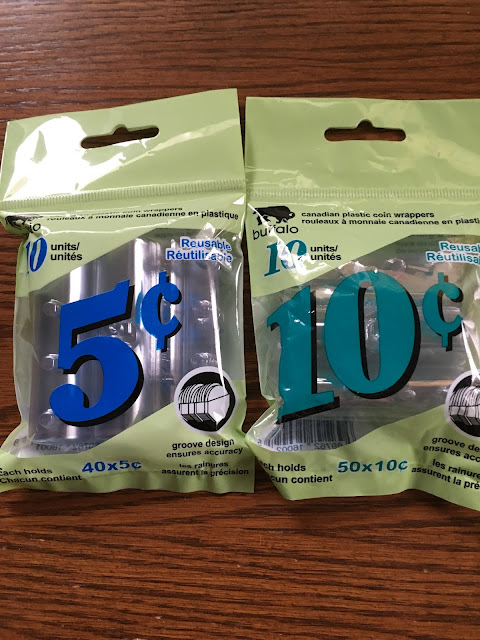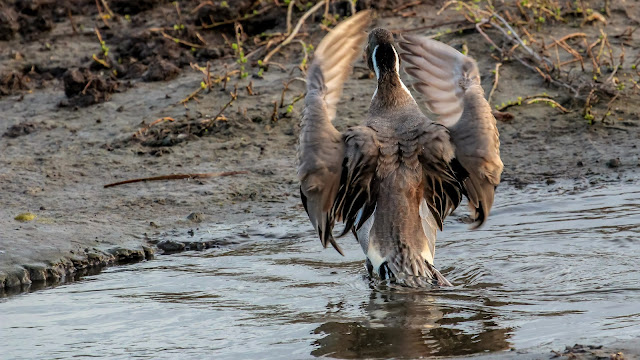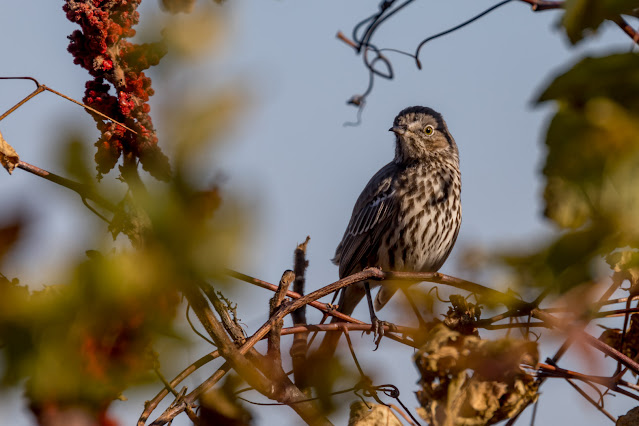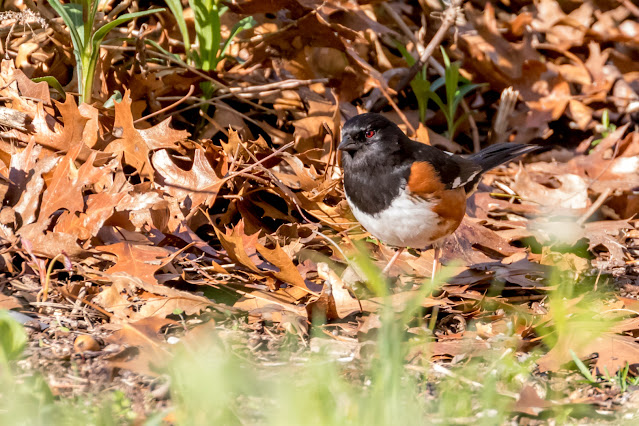Cattle egret in with horses and a donkey.

Chatham-Kent Ontario, Nov 30, 2021. Received a rare bird alert about an egret close to our place. Unusual in our area and this time of year. Bubulcus ibis Cattle Egrets are native to Africa but somehow reached northeastern South America in 1877. They continued to spread, arriving in the United States in 1941 and nesting there by 1953. In the next 50 years they became one of the most abundant of the North American herons, showing up as far north as Alaska and Newfoundland. source- Cornell Lab of Ornithology.


















